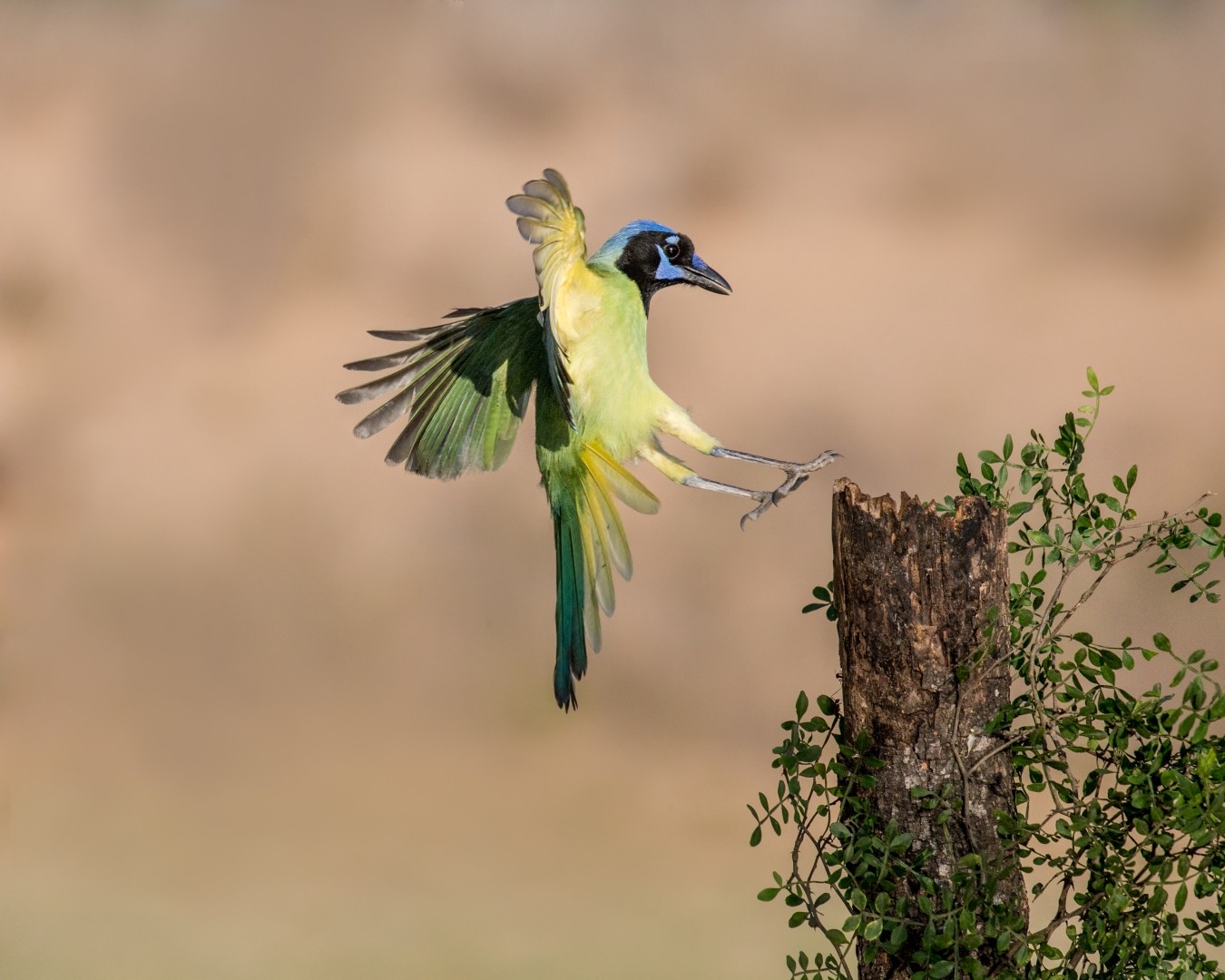Green Jay
A species of Typical Neotropical Jays Scientific name : Cyanocorax luxuosus Genus : Typical Neotropical Jays
Green Jay, A species of Typical Neotropical Jays
Botanical name: Cyanocorax luxuosus
Genus: Typical Neotropical Jays
Content
Description General Info
Description
Green jays are 25–29 cm (9.8–11.4 in) in length. Weight ranges from 66 to 110 grams (2.3 to 3.9 oz). They have feathers of yellowish-white with blue tips on the top of the head, cheeks and nape, though some taxa have more blue than others. The breast and underparts range from bright yellow in the south to pale green in the north (e.g., Texas). The upper parts are rich green. It has large nasal bristles that form a distinct tuft in some subspecies, but are less developed in others. The color of the iris ranges from dark brownish to bright yellow depending on the subspecies. 
Size
25 - 29 cm
Life Expectancy
10-12 years
Nest Placement
Tree
Feeding Habits
Green Jay primarily consume insects, other invertebrates, cereal grains, seeds, and fruit. They employ diverse foraging methods, and have distinct preferences for varied food sources.
Habitat
Tree, thorny bush, thicket
Dite type
Omnivorous
General Info
Feeding Habits
Bird food type
Sounds
Call
Recording location: Mexico
Call
Recording location: Mexico
Call
Recording location: Mexico
Behavior
Green jays feed on a wide range of insects and other invertebrates and various cereal grains. They take ebony (Ebenopsis spp.) seeds where these occur, and also any oak species' acorns, which they will cache. Meat and human scraps add to the diet when opportunity arises. Green jays have been observed using sticks as tools to extract insects from tree bark. 
Distribution Area
The green jay occurs from southern Texas to Honduras. The similar Inca jay has a disjunct home range in the northern Andes of South America. 
Species Status
The green jay is a common species throughout most of its wide range. It is an adaptable species and the population is thought to be increasing as clearing of forests is creating new areas of suitable habitat. No particular threats have been identified, and the International Union for Conservation of Nature has rated its conservation status as being of "least concern". 
Scientific Classification
Phylum
Chordates Class
Birds Order
Perching birds Family
Crows and jays Genus
Typical Neotropical Jays Species
Green Jay 